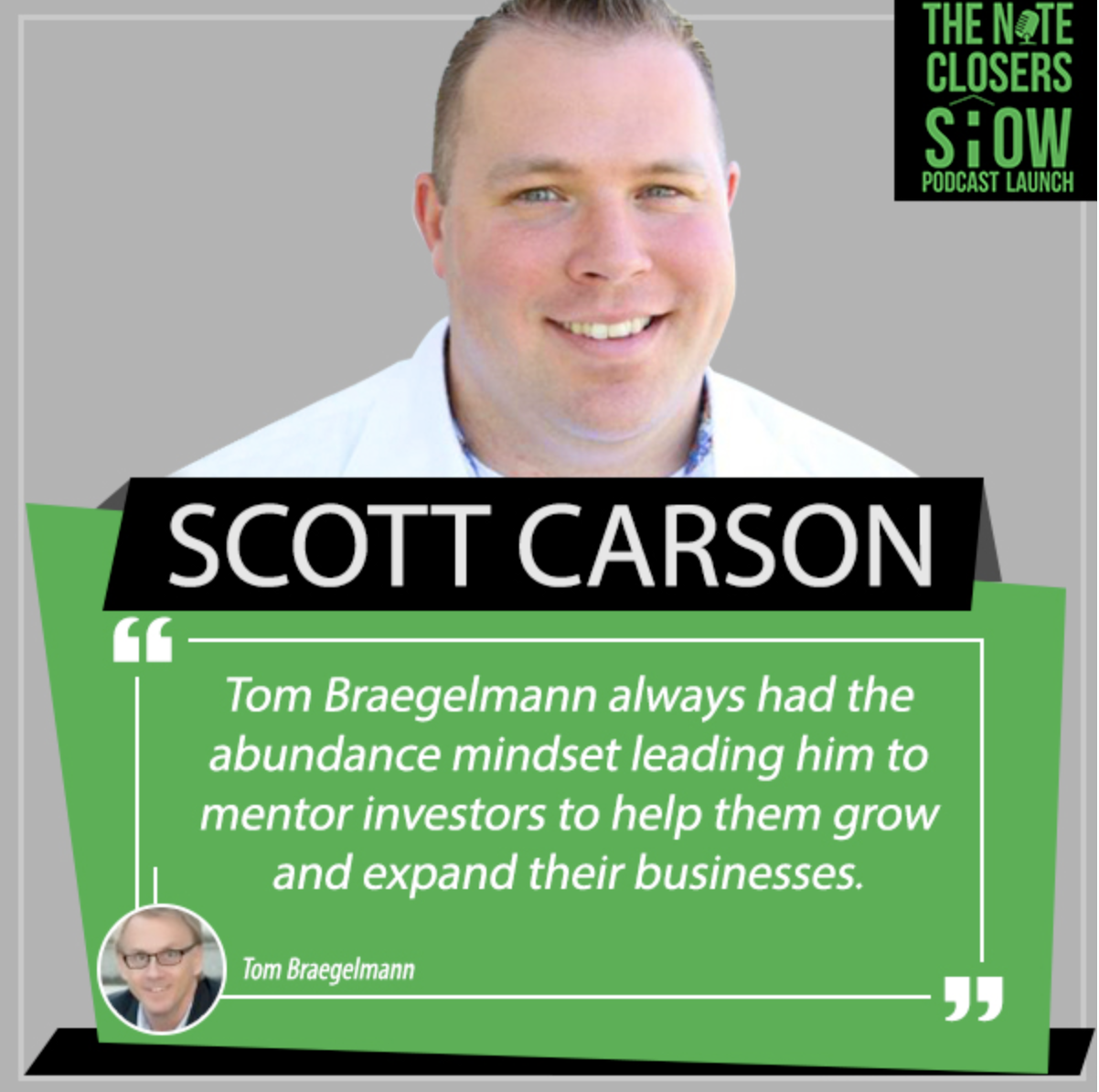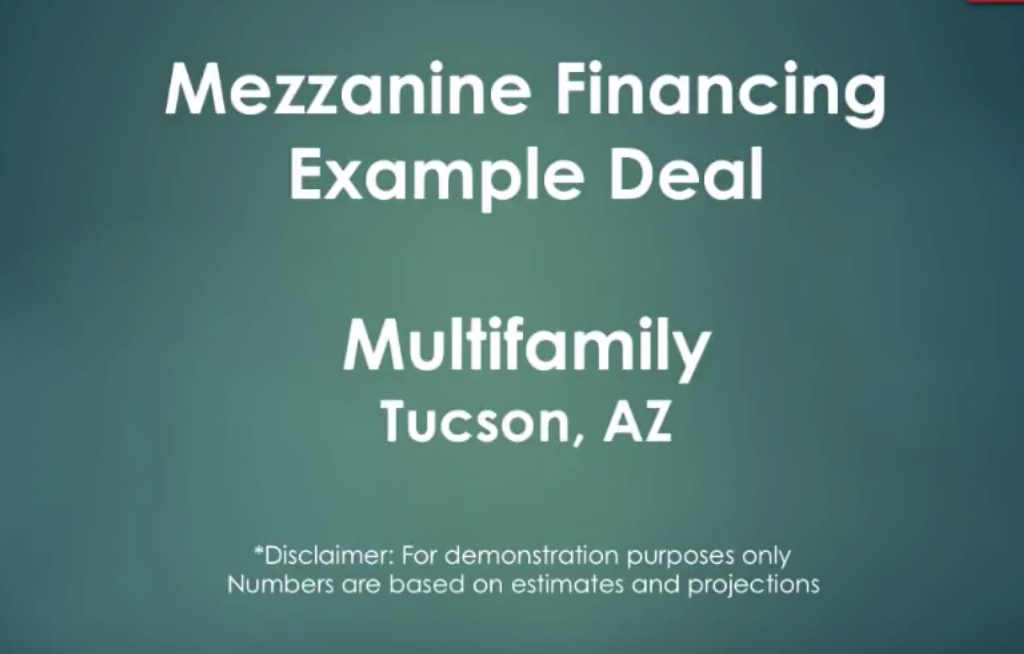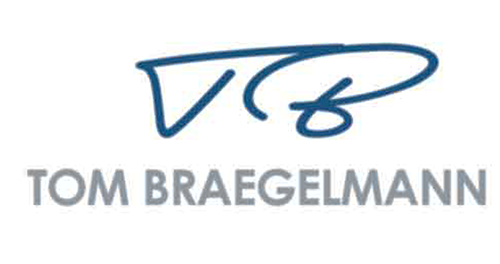Introducing Potential Borrowers to the Shared Equity Private Lending Model

I recently had a question from one of the group of private lenders that I co-mentor from Buffalo, New York.
He was asking how I suggest communicating with the borrower when sharing the video that explains our lending model and our NCLA Program (National Construction Lending Alliance Program)
Here was my response. “…. what I do is I try to get the borrower to watch the NCLA program video before I even talk with them. For instance, if they leave me a voice message or email me, before I talk with them I will text or email them back to ask them to watch the short 10 minute video that explains the private lending model or “program”, which also has an example deal they can follow so they know how to calculate their project to see if it may fit the program. By doing this it allows both the borrower and me/our GCA team to communicate from a common point of reference. It also shows the borrower what the important numbers are to bring to the discussion. You’ve probably heard me say this a few times before but there are 5 basic numbers required in order to get a feel if the project may or may not work for the private lending model. But without these 5 core numbers you won’t have enough information to tell either way.
These numbers are:
- Purchase Price of real estate property
- Rehab or construction costs
- Amount of cash in by borrower
- Number of months to complete project through to re-sale or refinance
- Completed value of finished real estate project
Once the borrower has watched the NCLA video, I want them to fill out the submission form. This form asks these 5 key questions and also asks for more detail about their private money loan request. I always encourage the borrower to give as much information on the NCLA submission form as possible, especially in the comments boxes provided on the form.
Through this process, you are not only getting the information you need in order to give the borrower an idea of the viability of their project, but you are also in a way starting to vet the borrower and weed out the ones that either won’t qualify or aren’t interested in the profit sharing model the program offers. You are also able to tell a bit about their style and way they operate. If they are very detailed and complete in their application it means they may likely be detailed and complete in other things they do including their real estate rehab or construction projects. On the other hand if they fill out the application inaccurately and very vague it may be an indication as well. Another example I have seen is when the borrower calls back and says they have watched the video but it is obvious that they either scanned through it very briefly and not paid attention, or maybe have not watched it at all. This can actually be a good indication of their integrity and how they may perform on their real estate deal. At a minimum it will be a red flag that would need to be addressed during your due diligence process.
This describes the way I direct our real estate borrowers so that it saves us time and effort and also gives us some basic indications. The process is a small hurdle for the borrowers to jump before we spend time reviewing their project and then diving into deep due diligence.
If you are just starting out as a private lender or trust deed investor, there is also value in discussions with the borrower early on because it can be a good learning process. If you are not getting a lot of requests from borrowers, this same effort of explaining your lending criteria and processes can be done on the phone with the borrower. I’d suggest you prepare your private lending borrower “script” in a way that walks you and the borrower through the information gathering stage from a macro level (5 key items and basic character indicators) through to the micro level of due diligence. This will save you and the borrower a lot of time and effort and also will help to build the rapport between each other.
Feel free to use our NCLA program video script content as a guide when building your own script (www.NCLAprogram.com or www.GCAfinancial.com). It has been extremely helpful in not only saving us time and effort but has also converted many, many borrowers to work in the collaborative structure the program offers because it clearly shows how collaboration, alignment of interest and fair compensation for all contributors can exponentially increase everyone’s end results.
Good luck!
Let me know how it goes.
Tom Braegelmann
Recommended Posts

We Close Notes with Scott Carson
January 7, 2018

Do you know how to structure Mezzanine Financing?
April 4, 2017

Learn About a Hidden World
March 8, 2017
